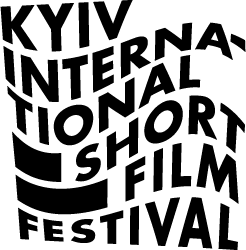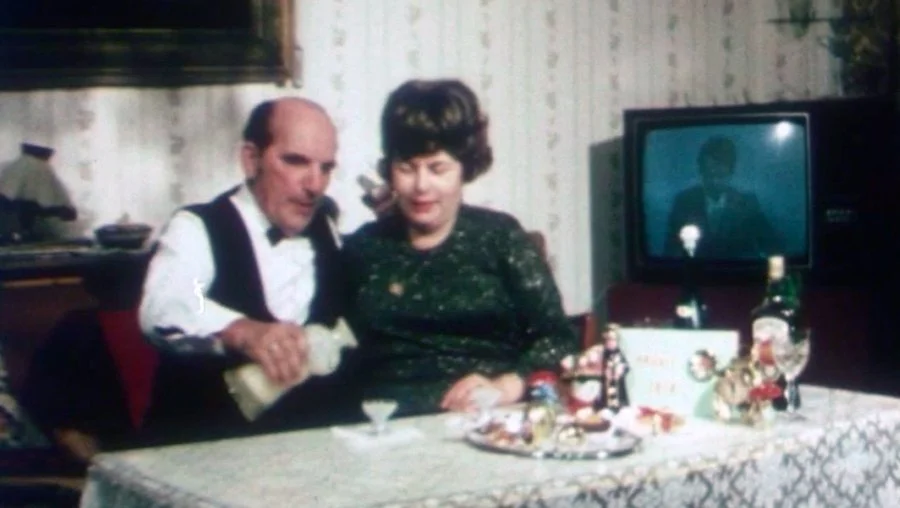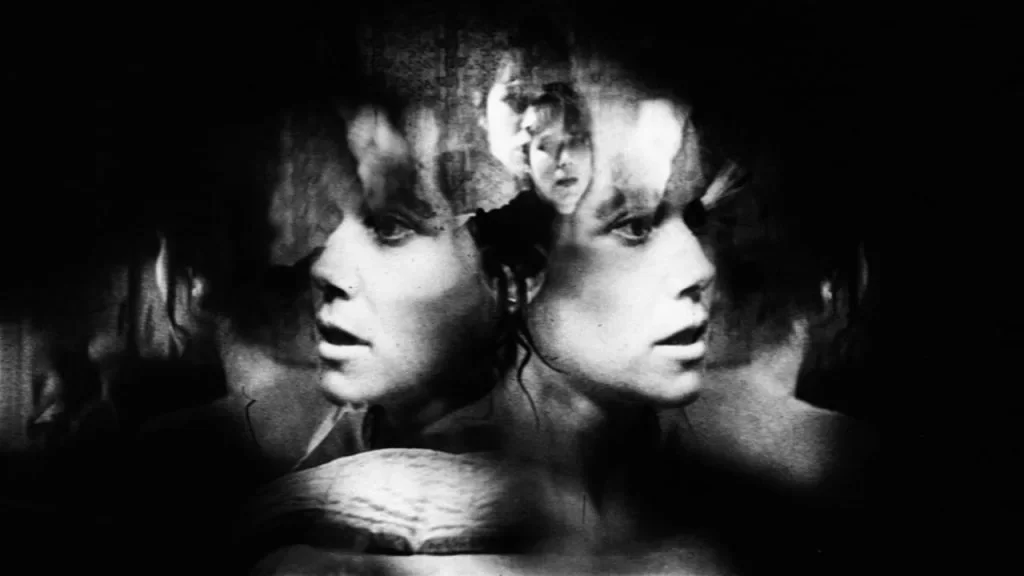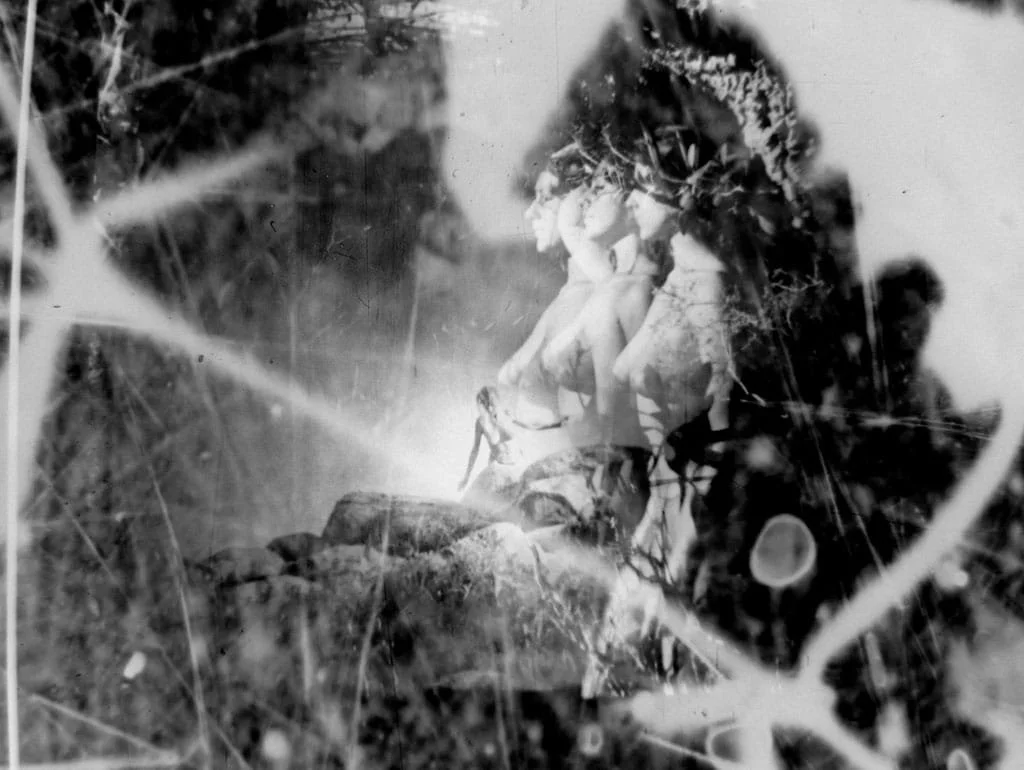Artist in Focus: Peter Tscherkassky is a retrospective program showcasing the Austrian filmmaker’s visionary analog works, where found footage and darkroom manipulation collide to create hypnotic, subversive explorations of cinematic form and desire.
🎤 Films are screened in their original language, without dialogue.
❗ These films may contain potentially triggering or disturbing elements, such as,
🔞 Age restrictions:12+
This program is supported by the Austrian Embassy in Kyiv.
Program partner of the screening: Sixpackfilm (AT)
SHOT - COUNTERSHOT
Duration: 1
Not a stage direction, but rather something very concrete is hidden behind the technical term. Cinema that answers a yearning for intelligent and playful dealings with the genre of the short film. (Marli Feldvoss) Shot – Countershot – the idea of the century. (Hans Fraeulin) Shot – Countershot is one of the best and most intelligent jokes in the history of film (theory).
(Alexander Horwath)
HAPPY END
Duration: 11
"Happy-End is a found footage film about oral ritual (…), about seasonal celebrations, and about a married couple, who quite obviously understand how to enrich and enliven companionship. We see a pair pouring drinks, cutting cakes, drinking toasts...
(Bert Rebhandl)"
L'ARRIVEE
Duration: 2
Although by no means a conventional narrative, and certainly a film inspired by the avant-garde’s simultaneous engagement with formal abstraction and material energy, L’Arrivée also engages with the history and form of narrative cinema. Certainly its role in that relation is a critical one, revealing both the mechanism and the material that commercial cinema strives to conceal. But while engaged in a process of deconstruction, L’Arrivée also recognizes the power of cinema, utilizing its control over space, and in this film especially, time, in order to uncover the energies of motion and story, of the violence inherent in both revolt and containment.
(Tom Gunning)
OUTER SPACE
Duration: 10
A woman, terrorized by an invisible and aggressive force, is also exposed to the audience’s gaze, a prisoner in two senses. Outer Space agitates this construction, which is prototypical for gender hierarchies and classic cinema’s viewing regime, and allows the protagonist to turn them upside down. (…) The story ends in the woman’s resistant gaze.
(Isabella Reicher)
COMING ATTRACTIONS
Duration: 24
A negative image of a man's eyes in a car's rearview mirror. The countershot shows a smiling woman, directing attention to flickering split-screen clips of models, cups, and vehicles—raw material for Coming Attractions. The title nods to both advertising films and early cinema’s 'cinema of attractions.' Using discarded screen tests, Tscherkassky, master of found footage, crafted the film through meticulous darkroom work. Mischievous and meaningful associations emerge: from Léger-inspired work routines and actresses trapped in repetitive gestures to surreal moments like a model with a hood drier and saxophone, and a farewell between Pasolini actors and a grinning tractor driver from a dumpling-mix ad.
(Christoph Huber)
INSTRUCTIONS FOR A LIGHT AND SOUND MACHINE
Duration: 17
Tscherkassky concentrates on central motifs from Sergio Leone’s classic The Good, the Bad and the Ugly, zeroing in on Eli Wallach stumbling across a vast cemetery and the anti-hero’s head as he dangles from the gallows. Tscherkassky intercuts the latter image with countdown leader, ironically delaying the saving bullet shot by Clint Eastwood. Hereby the very film tears and suddenly descends into pure, soundless whiteness. Only by way of its defects is the medium of film made tangible. The flaws in the system ¬– blisters, scratches, distortions and cracks ¬– overwhelm and overlay the narrative, shatter the illusion and give rise to a richly ambiguous, new story.
(Stefan Grissemann)
THE EXQUISITE CORPUS
Duration: 19
Peter Tscherkassky embarks on a deceptively simple voyage into sexualized cinema: a naked couple from a 1960s nudist film sails along a rocky coast to a beach where a sleeping beauty lies. After four minutes, the film erupts into flickering, trembling images—positive and negative, over- and underexposed, split screens and distortions. The Exquisite Corpus references the Surrealist Cadavre Exquis and the German term for a fine funeral, “schöne Leiche.” Composed manually from fragments of feature films, porn, and ads, it’s analog magic from commercial film’s trash. Dirk Schaefer’s score blends ambient sounds, Les Baxter motifs, Musique concrète, and Teiji Ito’s Meshes of the Afternoon. Subversive humor and visual play heighten the film’s trance-like eroticism—faces, bodies, textures—an erotic simulation game.
(Stefan Grissemann)







